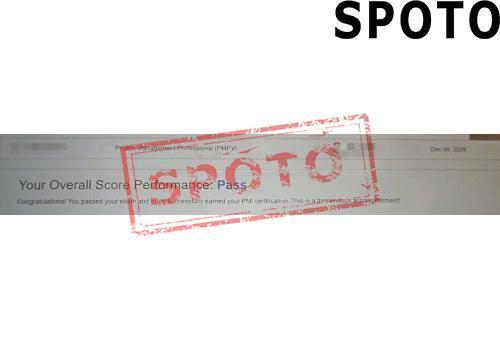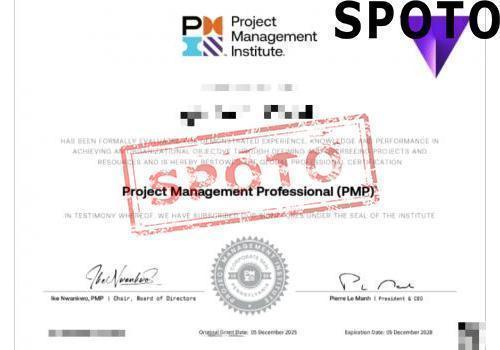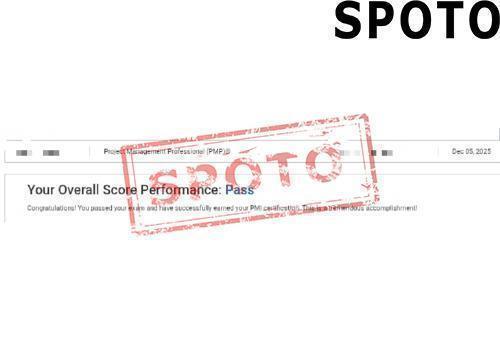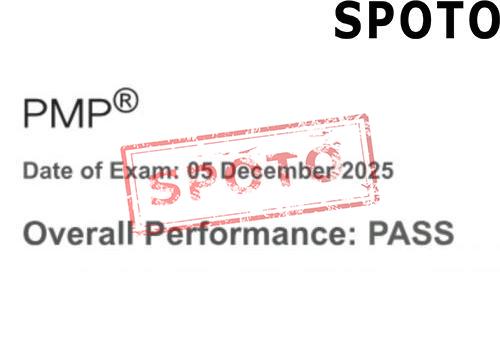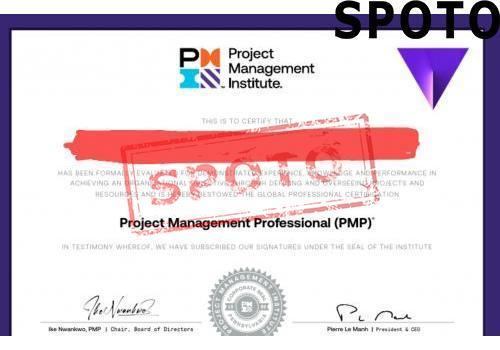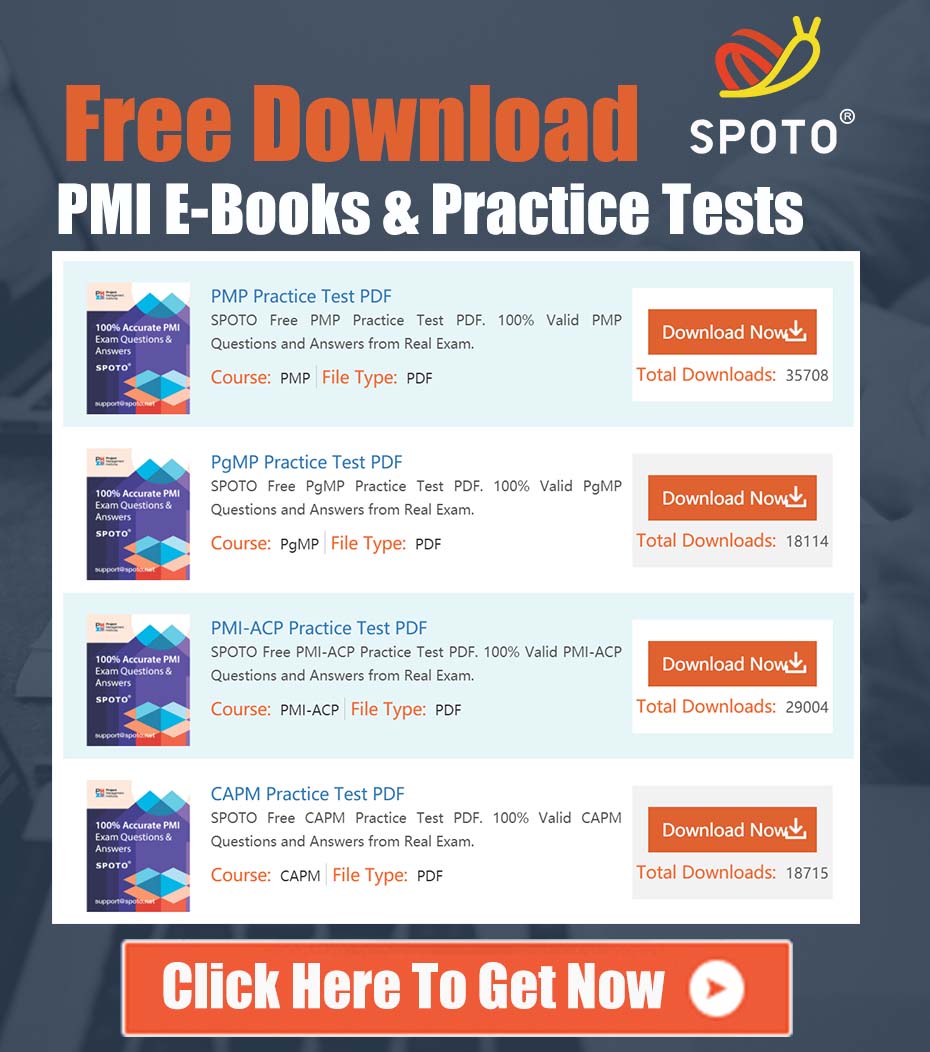
Table of Contents
Behind every innovative digital platform, there's a professional orchestrating its development, evolution, and user experience — the Digital Product Manager.
But what exactly does a Digital Product Manager do, and why is this role becoming increasingly vital in today's tech-driven world? To answer these questions, we'll explore this exciting career step-by-step, covering what the role entails, job opportunities, why you should consider becoming one, and how you can start your journey.
1. An Overview of a Digital Product Manager
A Digital Product Manager (DPM) is a strategic professional responsible for guiding the development and success of digital products—whether it's a mobile app, a website, or a SaaS platform. They act as a bridge between customer needs, business goals, and technical teams, ensuring products deliver value to users and align with company objectives. As digital transformation accelerates across industries, this role is becoming more crucial than ever for organizations seeking innovative solutions and a competitive edge.
2. What Does a Digital Product Manager do?
The core focus of a Digital Product Manager is managing the product lifecycle from inception to launch and beyond. Their duties are multifaceted, requiring a combination of technical, strategic, and communication skills.
Duties and Responsibilities :
Defining Product Vision
Setting the long-term goals and strategic roadmap of the product, based on market research, customer feedback, and business priorities. This acts as a guiding light for the entire team.
Gathering and Prioritizing Requirements
Engaging with users, stakeholders, and cross-functional teams to understand needs, then translating these into clear, actionable features and tasks.
Collaborating with Development Teams
Working closely with engineers, designers, and marketers to execute the product plan, ensuring deadlines and quality standards are met.
Analyzing Market Trends
Keeping abreast of emerging technologies and industry trends to inform product features and stay ahead of competitors.
Monitoring Product Performance
Using analytics tools to track user engagement, satisfaction, and operational metrics, then making iterative improvements based on data.
Managing Launches and Updates
Planning and coordinating product releases to maximize impact, handling feedback, and continual enhancement.
User Experience (UX) Focus
Ensuring the product provides a seamless, engaging experience that meets user expectations and increases retention.
Related Job Opportunities
- UX Designer
- Product Owner
- Business Analyst
- Digital Marketing Manager
- Technical Project Manager
3. Why become a Digital Product Manager?
Salary and Job Outlook
The demand for digital product managers is surging globally, fueled by the proliferation of digital businesses and startups. Salaries vary based on experience and location but typically range from $80,000 to over $150,000 annually. In fast-paced markets like Hong Kong, tech hubs, and North America, salaries are even more competitive, reflecting the strategic importance of this role.
Diverse Challenges and Opportunities for Growth
Being a Digital Product Manager means constantly learning and adapting. It's a role that demands creativity, analytical thinking, and leadership. You'll work on cutting-edge technology, influence product strategies, and directly impact the user experience. This position also paves the way for senior management roles like Chief Product Officer or CTO—all promising avenues for career advancement and personal growth.
4. How to Start Your Journey?
Embarking on a career path as a Digital Product Manager involves acquiring key skills, practical experience, and ongoing learning.
Gain a Strong Educational Background
Pursuing degrees in areas like business, marketing, or computer science provides essential technical and strategic knowledge, preparing you to understand market dynamics, user needs, and technological fundamentals crucial for effective product management.
Develop Product Management Skills
Focusing on user research, agile methodologies, UX design, data analytics, and project management enables you to understand customer needs, manage workflows efficiently, and deliver products that resonate with users while meeting business objectives.
Earn Professional Certifications
Certifications such as PMP (Project Management Professional) and Scrum certifications (like Certified Scrum Product Owner—CSPO) are highly valued. They validate your project leadership and Agile development skills, enhancing your credibility and effectiveness as a product manager.
Build Practical Experience
Engaging in internships, freelance projects, or volunteering with startups lets you gain real-world insights, develop practical skills, and understand various industry challenges—making your transition into a professional product management role smoother and more confident.
5. Conclusion
A career as a Digital Product Manager is not only rewarding but also crucial in shaping the digital products that define our modern world. It combines creativity, strategic thinking, and technical knowledge, making it ideal for innovative minds eager to make an impact. If you are ready to take this exciting first step, investing in quality education—like the courses provided by SPOTO—can set you apart from the competition. With dedication and the right guidance, your journey toward becoming a key player in digital innovation begins now.
Are you ready to lead digital transformations and build the future? The digital age is waiting for talented product managers like you.

